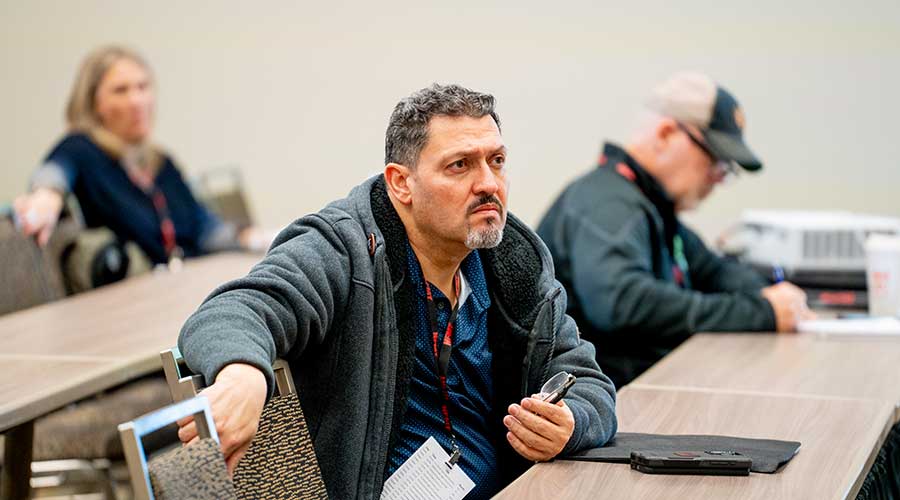When it comes to facility operations, inspection, testing, and maintenance (ITM) of fire protection systems often take a back seat to more visible needs like HVAC, lighting, or plumbing. But in this video from NFMT Baltimore, Eric Zdankiewicz, professional member of the Society of Fire Protection Engineers and a leader at the Naval Facilities Engineering Systems Command (NAVFAC), delivers a warning: ignoring fire protection ITM program can compromise the building’s fundamental life safety design — and create serious risks for both occupants and owners.
Many facility managers may not realize how many "trade-offs" their buildings rely on. For example, more than 60 design allowances in standard building codes hinge on operational fire protection systems. Sprinklers, smoke control, fire alarms — if these systems fail, the building effectively loses the very safety margins that allowed for design exceptions in the first place.
Through real-world scenarios and examples — including the 2023 Atlanta water outage that left miles of city buildings without sprinkler protection for days — Zdankiewicz highlights how traditional responses like a fire watch might not truly mitigate risks in impaired buildings.
The session also covers who holds responsibility for compliance. According to fire protection codes such as NFPA 25 (for sprinkler systems) and NFPA 72 (for fire alarms), the owner is ultimately responsible for ensuring that ITM activities are performed and documented. While fire marshals, insurance inspectors, and AHJs can encourage compliance, they are not responsible for performing or managing ITM programs. In scenarios where system failures can go undetected — until it's too late — documentation and proactive maintenance are the only real protections.
Better communication among architects, engineers, maintenance teams, and owners is needed. Facility managers should regularly review the original design intent of their buildings, understand the critical systems that support code compliance, and prioritize maintaining these systems throughout the building’s lifecycle.
Log in or join fnPrime to watch the video and earn continuing education credits.





